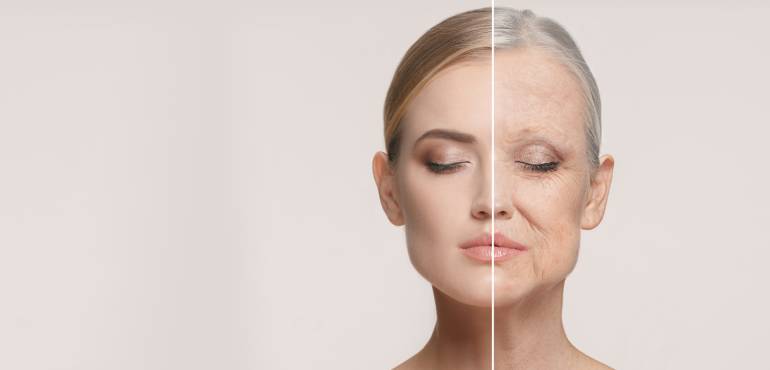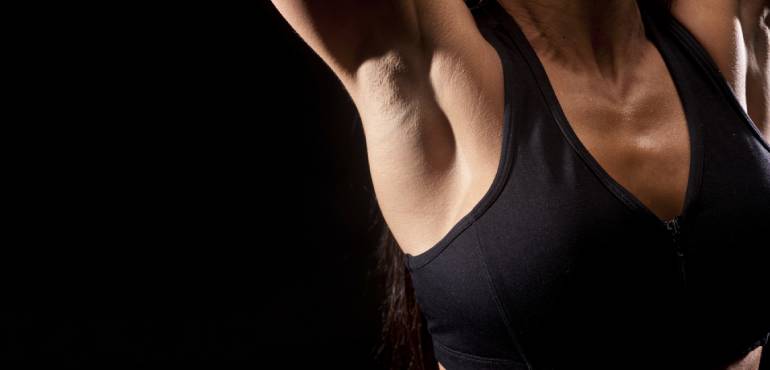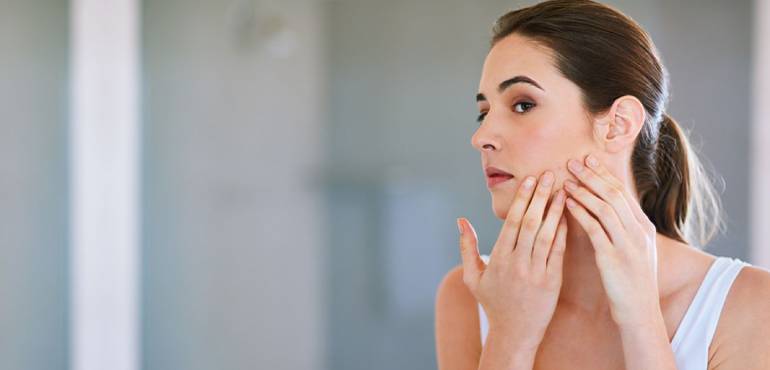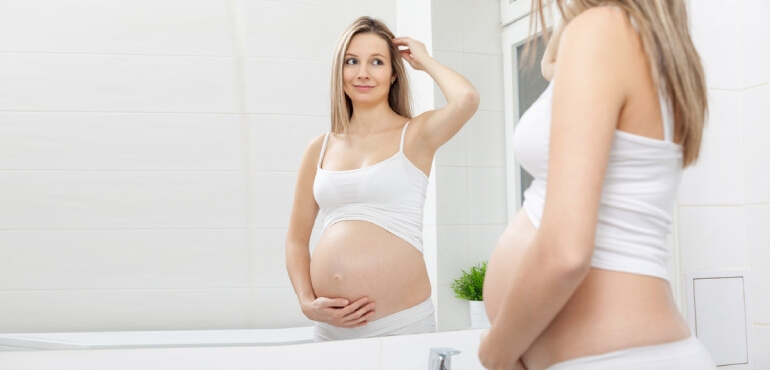Intertrigo - Symptoms, Causes, Treatment, and Prevention
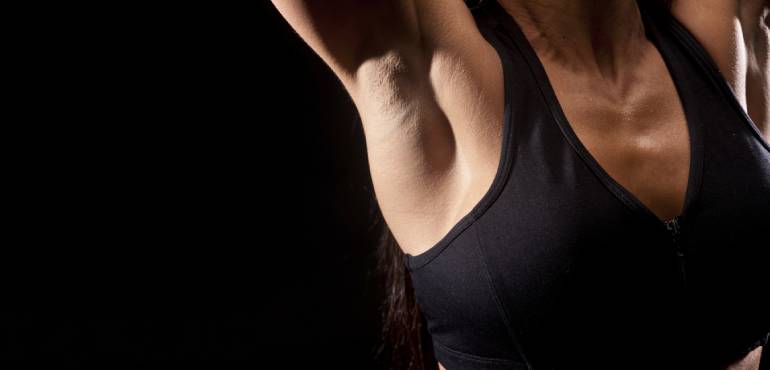
Intertrigo is a skin condition that causes reddened, swollen areas of skin (inflammation) and skin rash. It occurs in areas where skin rubs against other skin (skin folds).
DISEASE
The skin becomes raw, reddish or brown-colored, and may become infected with yeast, bacteria, or a fungus.
Intertrigo most often appears in skin folds around the groin, under the armpits, inner thighs, and sometimes the belly and under the breasts. The skin might itch and ooze.
CAUSES
1. An irritant dermatitis known as simple intertrigo can be caused by a combination of various factors such as:
-
Frictional rubbing
-
Increased temperature
-
Increased moisture
2. Intertrigo can be complicated by various microorganisms, including :
-
Yeasts (candidal intertrigo)
-
Dermatophytic fungal intertrigo
-
Gram-positive bacteria (erythrasma)
3. Can be an allergic and irritant reaction to various medications and chemicals.
Other conditions that resemble intertrigo include:
-
Familial pemphigus
-
Hidradenitis suppurativa
-
Flexural psoriasis
-
Staphylococcal or streptococcal impetigo
-
Seborrheic dermatitis
It is also important to take a history of the following :
-
Diabetes
-
Obesity
-
Urinary or fecal incontinence
-
Immunosuppression such as HIV
-
A family history of similar complaints can lead one to consider a genetic cause, such as Hailey-Hailey disease.
TREATMENT
Various treatment options include:
-
For intertrigo: zinc oxide ointment, petrolatum, talcum powder, aluminum sulfate, calcium acetate solution
-
For intertrigo complicated by secondary bacterial infections: Topical erythromycin, clindamycin, mupirocin, low-potency steroids; Oral penicillin, cephalosporins, clindamycin
-
For intertrigo complicated by secondary fungal infections: Topical: nystatin, clotrimazole, ketoconazole; Oral fluconazole
PREVENTION
You can help prevent intertrigo by taking the following measures:
-
Keep skin cool and dry.
-
Do not wear tight shoes or clothing. Wear a supportive bra if the skin under the breasts is infected.
-
Wear clothes made with absorbent fabrics, such as cotton. Avoid nylon or other synthetic fibers.
-
If you are overweight, try to lose weight.
-
After exercising, shower and dry off completely.
-
Apply antifungal powder to susceptible areas.
-
Change diapers frequently and clean the area well.
-
If you have diabetes, make sure your blood sugar is well-controlled.
